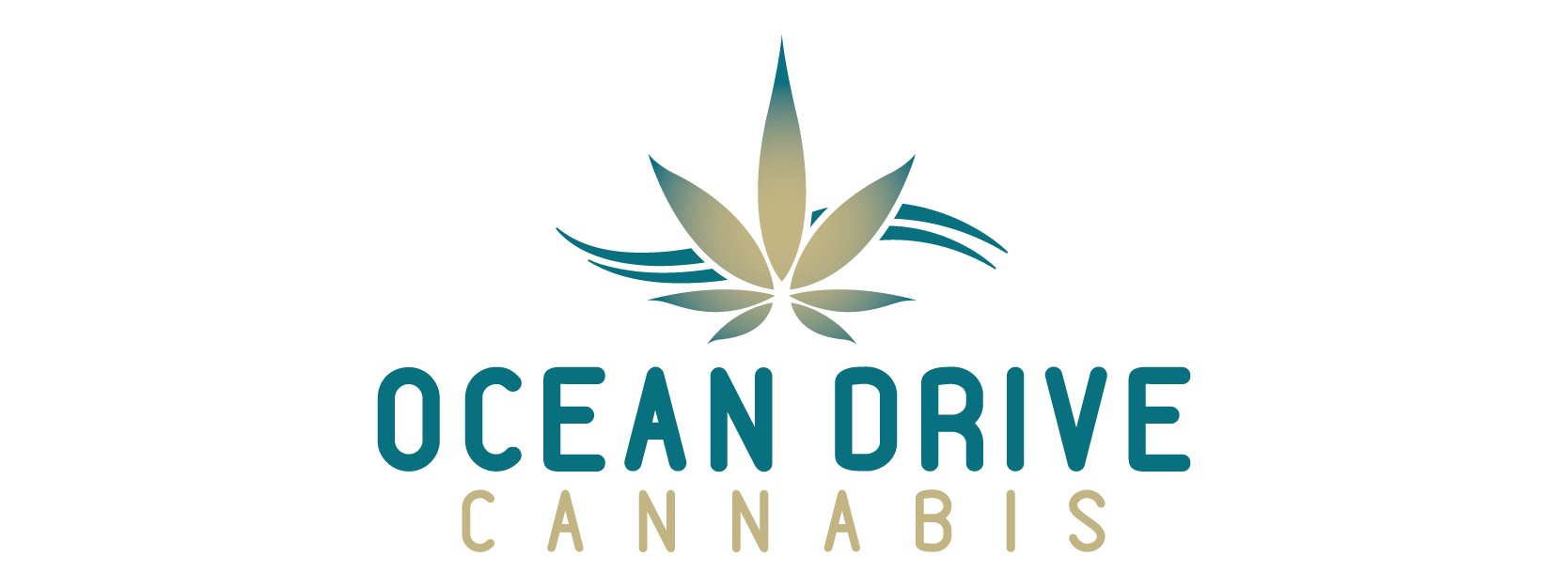In the vibrant intersection of modern cannabis culture and creative expression, artists across disciplines are discovering new ways that the plant may serve as a catalyst for creativity. With legalization expanding and perceptions shifting, creative professionals are experimenting intentionally—and sometimes cautiously—with cannabis as part of their process. What’s behind the buzz, and what does the evidence—and anecdotal experience—actually show?
Flow, freedom, and out‑of‑the‑box thinking
Many reports suggest cannabis may help unlock divergent thinking—generating lots of ideas without self‑judgment. Research and anecdotal experiences find that users often feel less inhibited, more open to unexpected connections, and more willing to experiment artistically. According to a 2014 study, low THC doses (~5.5 mg) modestly improved fluency and flexibility in creative tasks—though higher doses reversed the effect.
Artists like pianist Alexa Silverman and bassist Arjun Baxter describe how cannabis helps them “get out of your head,” avoid overthinking, and tap into improvisation or novel chord progressions they wouldn’t otherwise attempt.
Creative blocks, confidence, and mood
While scientific consensus remains unsettled on whether cannabis truly boosts objective creativity, it does reliably change perception. It seems to quiet nerves, reduce critical self-talk, and put users in a more playful, exploratory mood—especially helpful for breaking creative blocks and confidently pushing creative boundaries.
Even researchers who found little measurable rise in creativity emphasize that the subjective boost—self-reported mood elevation and creative confidence—can feel powerful. That difference between feeling more creative and performing more creatively may be subtle, but it is meaningful.
The science behind the sensations
Neurologically, cannabis interacts with the endocannabinoid system, affecting brain regions involved in mood, perception, and cognition. That altered state can shift how sensory input, emotion, and associative thinking are processed—sometimes intensifying color, sound, texture, or emotional nuance that artists then respond to in their work.
Studies also suggest that effects depend heavily on dosage, strain (sativa vs. indica), and individual tolerance. Microdosing (small amounts, low THC) and CBD‑dominant strains are often preferred by creative professionals seeking focus without over‑intoxication.
Community, collaboration, and creative spaces
Cannabis lounges and studios in legal regions are becoming creative hubs—places where creators can meet, share work, collaborate, and participate in cannabis‑friendly shows or jam sessions that blend art, music, and cannabis culture in a relaxed, exploratory environment.
Balancing benefits and limitations
Realistically, cannabis is no magic bullet. Controlled studies in programming contexts find that while some feel more flow, objective performance may decline: code written while high contained more bugs and took longer to write. That reinforces the idea that cannabis may enhance mood and openness more than it reliably boosts performance.
Cannabis as a creative companion, not a crutch
For many artists, cannabis is a tool—a way to ease inhibition, spark ideation, and fine-tune mood. Used thoughtfully—mindful of dose, strain, timing, and personal response—it can open doors to fresh perspectives. At the same time, artists stress moderation and context; the goal is not dependency, but inspiration. With responsible use, cannabis can be a playful, intentional ally in the creative journey.

